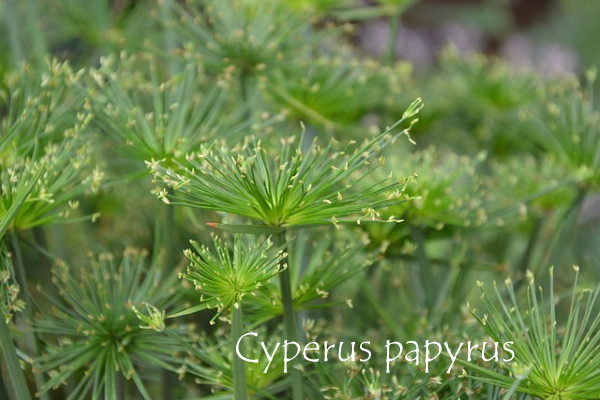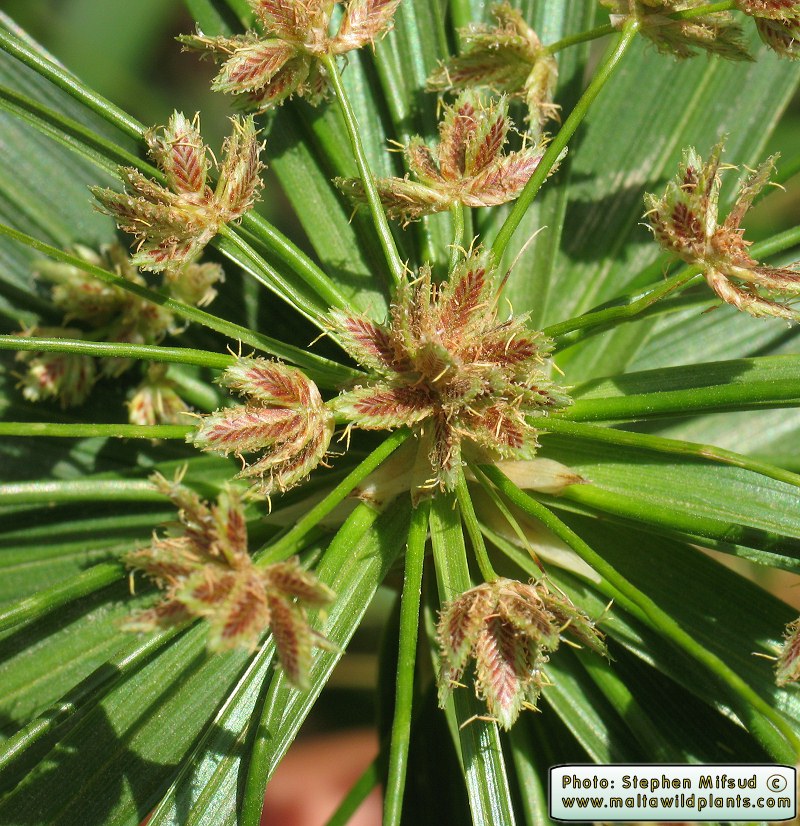

That being said, you can still enjoy having a dwarf papyrus plant if you live in more arid conditions.
#Cyperus dwarf papyrus full#
haspan grows best in full sun exposure or partial shade, and thrives in very moist soil environments. If your pond or garden area is on the smaller size, then the dwarf papyrus may be just the right plant to add to your space!Ĭ. If you have a larger sized pond that you are looking to adorn, you might want to check out the larger (but still dwarf) variety, the giant dwarf papyrus (Cyperus percamenthus) which provides the same aesthetic but is better suited for deeper water and larger areas as it grows to up to 3 feet in height as opposed to just 1.5 feet. Valérie75 assumed (based on copyright claims)., CC BY-SA 3.0Īs the common name suggests, Cyperus haspan is a dwarf variety of the giant papyrus ( Cyperus papyrus), and is best suited to grow in smaller ponds or gardens. Photo by No machine-readable author provided.

Because papyrus plants have buoyant stems, they were incredibly useful in the creation of reed boats, baskets, mats, and many other advantageous items.ĭwarf Papyrus Growth, Hardiness & Climate Dwarf cyprus grows fairly fast, but should only grow to a max of 1.5 feet tall. Interestingly, papyrus paper is one of the first types of paper ever made by mankind! People also made use of this valuable and versatile plant for food, and for its attractive fragrance.

Papyrus was commonly used to make paper and woven goods for everyday use. The Ancient Egyptians utilized many parts of the papyrus plant for a variety of things. Papyrus plants were highly useful in ancient Egyptian culture. Dwarf papyrus plants contribute greatly to the overall health and balance of the ecosystem in which they live.

If you decide to plant an ornamental dwarf papyrus plant in your pond, then you will also be doing the environment a wonderful service! These plants have the ability to sufficiently clean up the area they are growing in, which helps to maintain healthy soils and improve the quality of the water. Facts, Benefits & Uses of Dwarf Papyrus Papyrus was traditionally used by ancient Egyptians and other African cultures as a paper source, among other things. haspan is most commonly found growing in tidal marshes, ditches, and low lying fields within wetland habitat. It is a native species in the Southeastern United States, the West Indies, Mexico, Central America, South America, and the Old World. It grows tufted foliage that has a globular shaped display, somewhat comparable in appearance to a green and yellow colored firework burst! Dwarf papyrus belongs to the sedge family, Cyperaceae, and the genus Cyperus, which consists of approximately 700 species of flat sedges.ĭwarf papyrus is best suited to grow in moist, open habitats in mild climates. It is almost grass-like in appearance, with very slim and delicate leaves. Divide in spring.1.8 Where to Buy Dwarf Papyrus & Seeds? (UK & US) Dwarf papyrus has vibrant green, grass-like leaves that fan out almost like small palm fronds.Ĭyperus haspan, commonly known as sharp edge sedge or dwarf papyrus, is a beautiful sedge plant that can grow very well in small backyard ponds or container gardens.


 0 kommentar(er)
0 kommentar(er)
